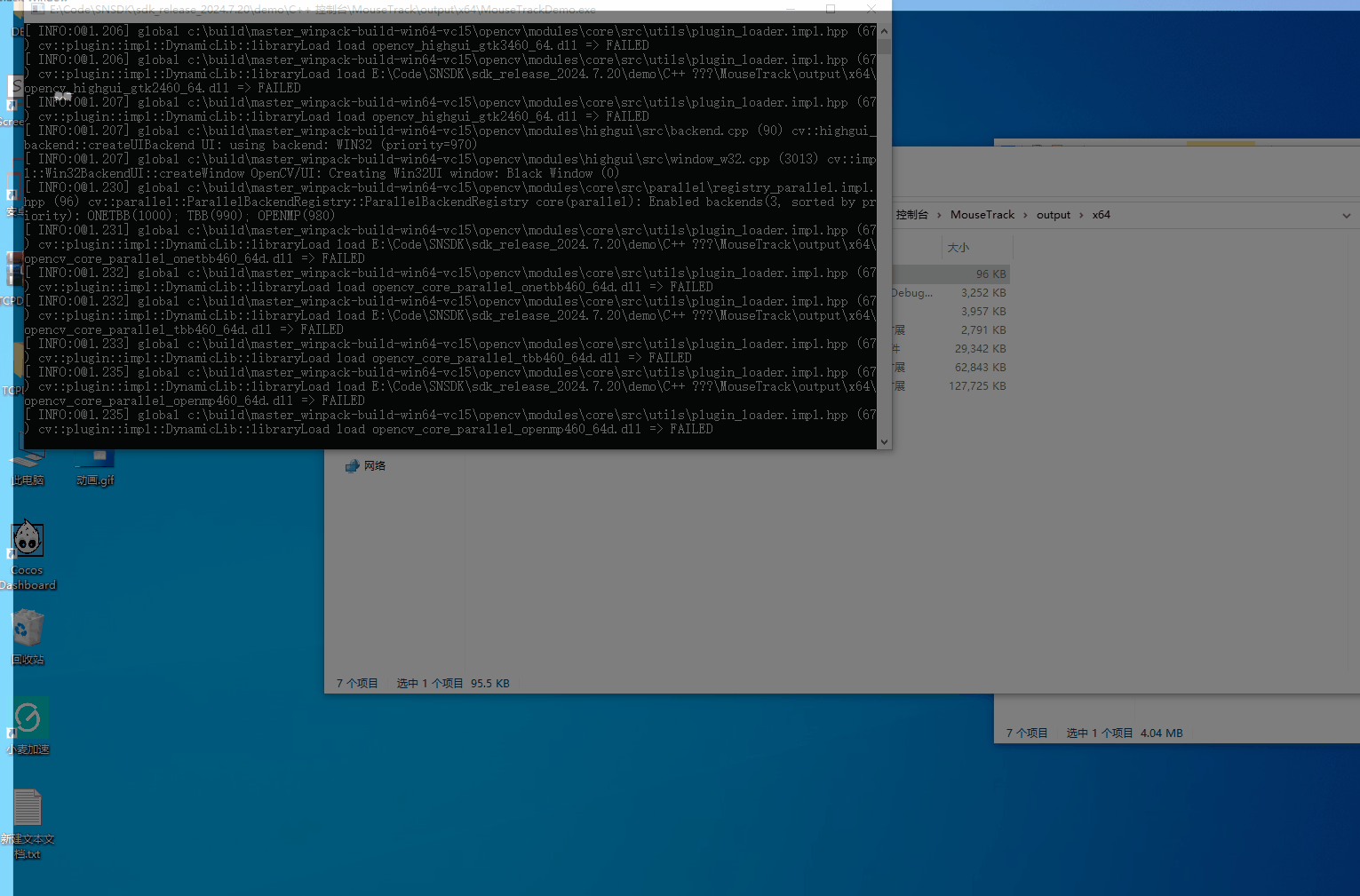swiGLU(Switch Gated Linear Unit)简介
swiGLU 是一种改进的激活函数模块,主要用于深度学习中的 Transformer 模型和其他神经网络架构。它在 GLU(Gated Linear Unit) 的基础上进行了修改,以提升模型的表现和训练效率。
1. 背景知识
在深度学习中,激活函数对模型的性能和训练效率有着显著的影响。最初的 GLU(Gated Linear Unit) 提出了通过将输入分成两部分来提高网络的表现:
- 公式: GLU ( x ) = Linear ( x ) ⊗ σ ( Linear ( x ) ) \text{GLU}(x) = \text{Linear}(x) \otimes \sigma(\text{Linear}(x)) GLU(x)=Linear(x)⊗σ(Linear(x))
其中:
- Linear ( x ) \text{Linear}(x) Linear(x) 表示线性变换。
- σ \sigma σ 是 Sigmoid 激活函数。
- ⊗ \otimes ⊗ 表示逐元素乘法(element-wise multiplication)。
2. swiGLU 结构
swiGLU 是对 GLU 的变体,结合了 Swish 激活函数(也称为 SiLU,Sigmoid Linear Unit)。Swish 函数表现出色,因为它具有非单调性和自门控的特性。
swiGLU 公式如下:
swiGLU ( x ) = Linear ( x ) ⊗ Swish ( Linear ( x ) ) \text{swiGLU}(x) = \text{Linear}(x) \otimes \text{Swish}(\text{Linear}(x)) swiGLU(x)=Linear(x)⊗Swish(Linear(x))
其中 Swish 激活函数 定义为:
Swish ( x ) = x ⋅ σ ( x ) = x ⋅ 1 1 + e − x \text{Swish}(x) = x \cdot \sigma(x) = x \cdot \frac{1}{1 + e^{-x}} Swish(x)=x⋅σ(x)=x⋅1+e−x1
3. 工作原理
-
输入 (x) 经过两个并行的线性变换层:
- x 1 = Linear 1 ( x ) x_1 = \text{Linear}_1(x) x1=Linear1(x)
- x 2 = Linear 2 ( x ) x_2 = \text{Linear}_2(x) x2=Linear2(x)
-
将第一个线性变换 x 1 x_1 x1 与 Swish 激活函数 Swish ( x 2 ) \text{Swish}(x_2) Swish(x2) 进行逐元素乘法:
swiGLU ( x ) = x 1 ⊗ Swish ( x 2 ) \text{swiGLU}(x) = x_1 \otimes \text{Swish}(x_2) swiGLU(x)=x1⊗Swish(x2)
4. 与 GLU 的区别
-
激活函数不同:
- GLU 使用 Sigmoid 作为门控激活函数。
- swiGLU 使用 Swish 作为激活函数。
-
性能提升:
- Swish 激活函数相比 Sigmoid 更具有优势,特别是在深层网络中。
- swiGLU 通过 Swish 提供更平滑的梯度,有助于更高效地训练深度神经网络。
5. 优点
-
提高性能:
- 在许多基准测试中,swiGLU 已被证明比 GLU、ReLU 及其他激活函数提供更好的表现。
-
平滑梯度:
- Swish 函数的平滑性使得反向传播的梯度更新更稳定,减轻梯度消失的问题。
-
计算效率:
- 尽管引入了额外的非线性激活函数,swiGLU 的计算开销相对较小,适合大型模型。
6. 应用场景
-
Transformer 模型:
- 在语言建模和自然语言处理任务中,如 GPT 系列和 BERT 的变体。
-
计算机视觉:
- 适用于视觉 Transformer(ViT)等结构。
-
任意深度网络:
- 适用于需要门控线性单元的任意网络。
示例代码
以下是一个使用 PyTorch 实现 swiGLU 的示例:
import torch
import torch.nn as nn
import torch.nn.functional as F
class SwiGLU(nn.Module):
def __init__(self, input_dim, hidden_dim):
super(SwiGLU, self).__init__()
self.linear1 = nn.Linear(input_dim, hidden_dim)
self.linear2 = nn.Linear(input_dim, hidden_dim)
def forward(self, x):
return self.linear1(x) * F.silu(self.linear2(x))
# 示例输入
x = torch.randn(4, 128) # Batch size 4, input dimension 128
model = SwiGLU(input_dim=128, hidden_dim=256)
output = model(x)
print(output.shape) # 输出维度为 (4, 256)
总结
swiGLU 是对 GLU 的改进,通过引入 Swish 激活函数来提供更平滑的非线性映射,有助于提升深度学习模型的表现,尤其是在 Transformer 架构中。
















![[笔记] 编译LetMeowIn(C++汇编联编程序)过程](https://i-blog.csdnimg.cn/direct/1cb0eb417e284c63bd874a04e071597b.png)


